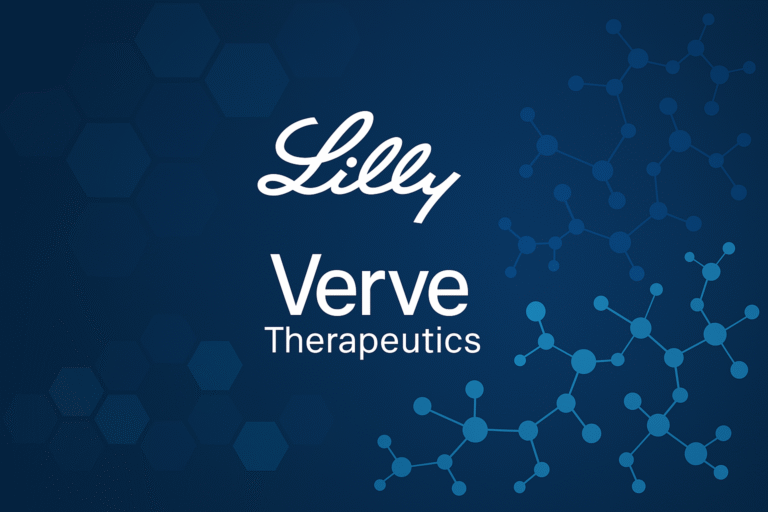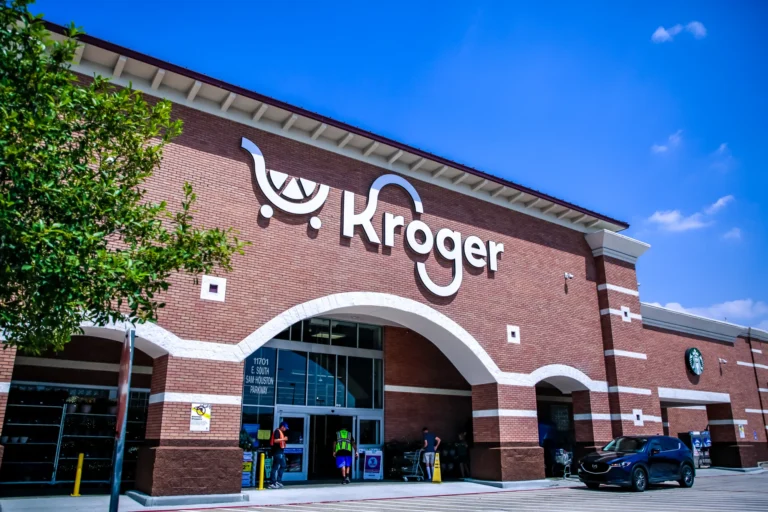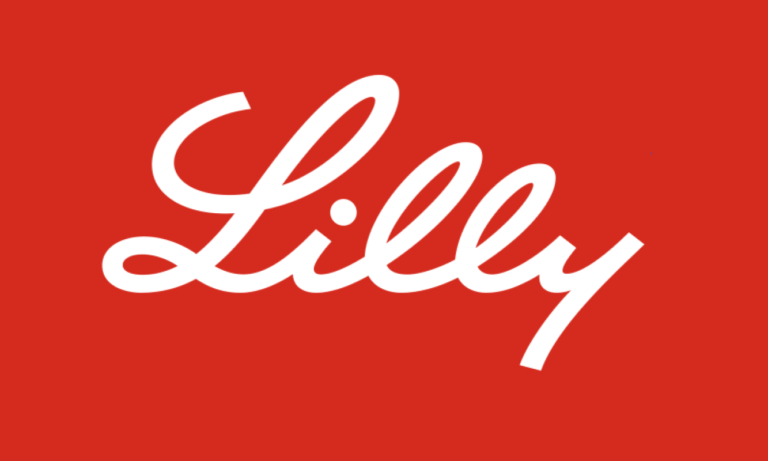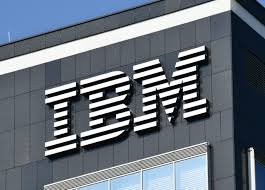
In this blog, we’ll take a closer look at Eli Lilly’s stock to help investors decide whether it makes sense to buy at the current price or wait for a better entry point. The stock has had an impressive run, driven by high expectations around its diabetes and obesity drug portfolio. But with those high expectations comes a high valuation. Based on current data, Eli Lilly is trading at a forward P/E of around 37 and a trailing P/E in the 60s—well above the market average. From my 30 years of trading experience, I’ve often seen great companies command high P/E multiples, but unless they continue to grow fast enough to justify those valuations, the stock tends to either drop in price or move sideways for a long time. That could be the case with Eli Lilly too, especially if future drug sales or clinical trial results fall short of expectations.

Technical Warning – Flag Pattern Near Key SMAs
Eli Lilly’s stock (LLY) is currently showing signs of technical consolidation after a strong multi-month rally. The chart reveals a classic flag pattern, which typically suggests a pause in an existing trend before the next major move. However, whether the next leg is up or down depends heavily on support levels and volume behavior.
At present, LLY is hovering near its 100-day Simple Moving Average (SMA)—a critical intermediate support level that often acts as a bounce zone during bull markets. A failure to hold this level, especially on above-average trading volume, may indicate institutional selling and shift sentiment bearish in the near term.
More notably, the 200-day SMA, currently around $536, lies well below the current price and serves as a crucial long-term support level. Historically, for large-cap healthcare stocks like Eli Lilly, violations of the 200-day line have led to prolonged periods of price consolidation or decline. If the stock were to break below the 100-day and test the 200-day, a pullback to the $540–$550 range becomes a realistic scenario.
Why Investors Are Drawn to Eli Lilly (LLY)
Eli Lilly has emerged as a standout in the healthcare sector, thanks to its strong position in the obesity and diabetes treatment market, a steadily growing pipeline of therapies, and smart acquisitions. Here’s what’s fueling investor optimism:
- Dominance in GLP-1 Treatments: With products like Mounjaro and Zepbound, Eli Lilly is capitalizing on soaring global demand for GLP‑1-based drugs. Analysts predict that the market for obesity treatments could reach $130 to $150 billion by the early 2030s.
- Pipeline Growth Through Strategic Deals: The company is expanding its drug portfolio through acquisitions such as the anticipated Verve Therapeutics deal—worth about $1 billion upfront—focused on PCSK9 gene-editing, a promising approach for tackling heart disease.
- International Expansion: The rollout of Mounjaro in markets like India is off to a strong start, with sales reportedly increasing by 60% within just two months of launch.
- Strong Financial Performance: Eli Lilly boasts industry-leading profit margins, with net margin climbing to approximately 23.5% in 2024, outperforming many of its peers.
- Aggressive R&D Spending: The company invests over a quarter of its revenue back into research and development—spending nearly $9 billion in 2023 alone—to advance treatments in high-growth areas like obesity, diabetes, oncology, and gene therapy.
Eli Lilly’s Financial Snapshot – Last 3 Years
| Year | Revenue (US$ B) | YoY Revenue Growth | Net Profit (US$ B) | YoY Net Profit Growth | Net Margin (%) |
|---|---|---|---|---|---|
| 2022 | 28.54 | +0.8% | ~6.25 | – | ~21.9% |
| 2023 | 34.12 | +19.6% | ~5.24 | –16.2% | ~15.4% |
| 2024 | 45.04 | +32.0% | ~10.59 | +102.2% | ~23.5% |
Five Key Drivers Behind Eli Lilly’s Growth Potential
- Advancements in GLP-1 and Incretin-Based Therapies
Eli Lilly continues to gain momentum from rising global demand for its flagship drugs like Mounjaro and Zepbound. In addition, the company is progressing with next-generation treatments such as orforglipron, an oral GLP-1 candidate, and retatrutide, a multi-receptor agonist that holds promise for broader metabolic conditions. - Innovation Through Gene-Editing Therapies
With its acquisition of Verve Therapeutics, Eli Lilly is positioning itself to lead in the gene-editing space. Verve’s work on PCSK9 therapies, alongside Lilly’s own pipeline—including candidates like bimagrumab—could generate significant long-term revenue in the cardiovascular and metabolic disease markets. - Execution Across Global Markets
The company is expanding its footprint internationally, with early success in countries like India showing the potential for rapid adoption. Factors such as pricing power, local production scalability, and efficient distribution will play a key role in sustaining growth. - Diversification via Oncology and Immunology
- Eli Lilly is steadily building a stronger presence in cancer and autoimmune disease treatment. Upcoming regulatory decisions and clinical trial milestones in these segments may add new growth layers beyond its metabolic portfolio.
- Smart Acquisitions and Strategic Collaborations
- Beyond organic R&D, Lilly is accelerating innovation through strategic acquisitions and partnerships. Deals like the one with Verve, along with collaborative efforts in biotech, are helping to expand its therapeutic pipeline and maintain a competitive edge.
In summary, while the long-term uptrend remains intact for now, Eli Lilly is at a technical inflection point. A decisive breakdown below the 100-day SMA, especially on strong volume, could trigger a broader correction that may take months for the stock to recover from. Investors should closely monitor price action, particularly around the $730–$750 range, and consider waiting for either a confirmed breakout or a meaningful pullback before adding new positions.





1 thought on “Eli Lilly Stock: Buy Now or Wait? Key Growth Triggers, Valuation Risks, and Technical Outlook Explained”